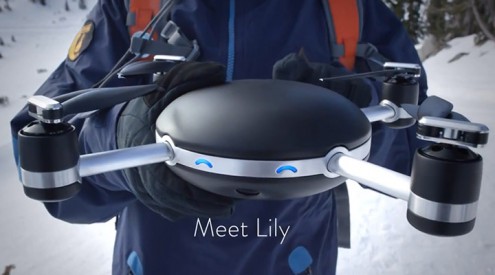You’re in the Serengeti and the photography is incredible, so you’re shooting a lot of images. You’re constantly downloading to your laptop to free up memory cards and keep your images in order. At some point, you’ll run out of batteries for the camera, laptop, cellphone. What now?
An inverter is the best solution. These devices are designed to convert 12-volt DC (car battery power) to 220-volt AC mains power. They come in different physical sizes with varying power output capabilities.
We don’t need more than 300 watts to maintain power for our requirements; the most power-hungry unit – a laptop – requires only 85 watts. Besides physical size, smaller inverters have additional advantages. They are lightweight, can be plugged into your vehicle’s cigarette lighter and are relatively inexpensive. We use a 300-watt inverter as anything more powerful needs to be connected directly to the car’s battery or it could fry the cigarette lighter (and car’s) wiring. As a rule of thumb, if the unit comes with a cigarette lighter plug, it’s safe to use in this way.
While inverters are easy to use, there are a few things worth keeping in mind. Car batteries aren’t designed to be deeply discharged, so it’s best practice to use the inverter while the car is running. If you need to charge in camp, start the car and let it idle for 15 minutes every 30 to 45 minutes to allow the battery to recharge. Some inverters have warning lights and/or buzzers which indicate overload or undersupply. Also bear in mind that discharging a car battery too often can shorten its lifespan.
Get an auxiliary or dual battery system if you want to use an inverter for a prolonged adventure. If a long-term trip is on the cards and you’re going to be powering your electronics solely with an inverter, consider getting a pure sine wave unit. These produce much “˜cleaner’ electricity that is better for sensitive electronics. If you’re going this route, it’s best to consult the experts. For the rest of us, there’s no excuse to miss a shot because we’ve run out of power.
Tips:
- When connecting your inverter, use the thickest cables possible and keep them as short as is practical. This will ensure it runs efficiently.
- Keep the inverter’s air vents open and dust free to allow the unit to cool properly.
Check out the PDF for more info on how to charge your electronics using your car

















